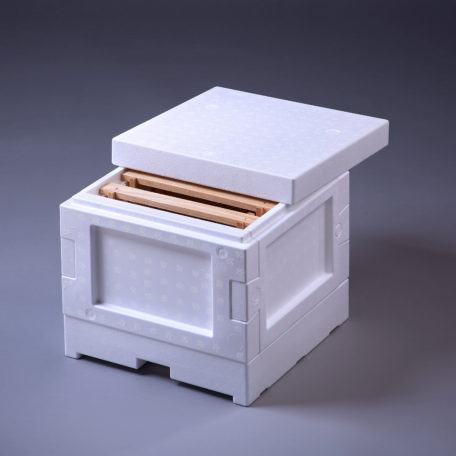What do bees call home sweet home? Sometimes it’s EPS

Bees are by far our planet’s principal pollinators, fertilising plants of all types. But bees face daily challenges to survive and have been dying in greater numbers recently because of external pressures including parasitic mites, habitat loss and harsh weather. Very cold winters can be even more deadly than pests and pesticides. Bees consume nectar produced in the summer to keep the brood warm in the winter. Hot summers can also stress the colony as bees expend energy to try to cool the hive down.
Super-insulating EPS beehives help keep bees warmer in the winter and cooler in the summer so they require less food to survive and can spend more time doing what they do best: making honey. That’s good for biodiversity and good for honey producers alike. Food-grade, high-density EPS beehives are also highly resistant to moisture, which prevents the spread of mould that is common with wooden beehives, so they can last 15 years or more.
Beekeepers of all ages also like the fact that EPS beehives are lightweight, making them easier to move—an important feature for professional beekeepers who move hives from one field to the next in season to pollinate crops.
EPS beehives have been used in Europe for more than 40 years. You can read more about them here.